Trees are an integral part of any landscape, adding beauty and value to properties in Pennsylvania. However, they can fall victim to various diseases that threaten their health and vitality. Four common tree diseases found here include apple scab, cedar-apple rust, anthracnose, and powdery mildew. Read our blog to learn more about these tree diseases.
1. Apple Scab
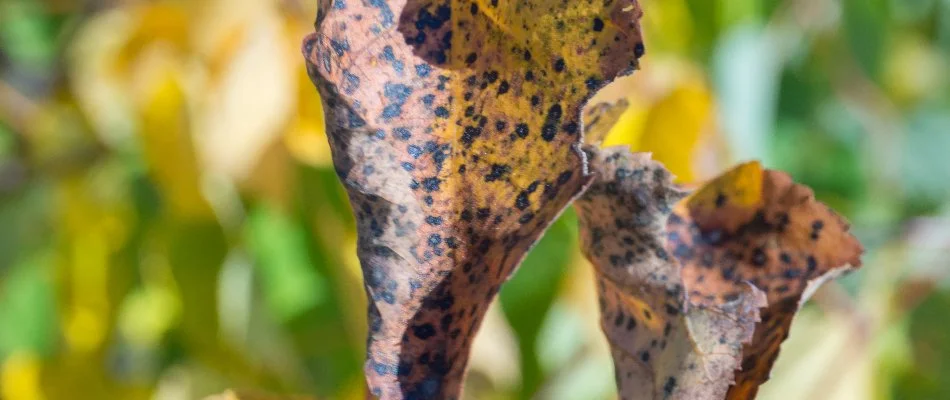
Apple scab is a fungal disease caused by the Venturia inaequalis fungus. It primarily affects apple trees but can also infect crabapples and other members of the Rosaceae family. The symptoms start as olive-green spots on leaves, which eventually turn brown or black. As the infection progresses, these lesions become larger and more numerous, causing defoliation and reduced fruit quality.
The best way to manage apple scab is through preventative measures such as regular pruning to improve air circulation within the canopy and removing fallen leaves from around the base of the tree. Fungicide applications can help control this disease effectively.
2. Cedar-Apple Rust
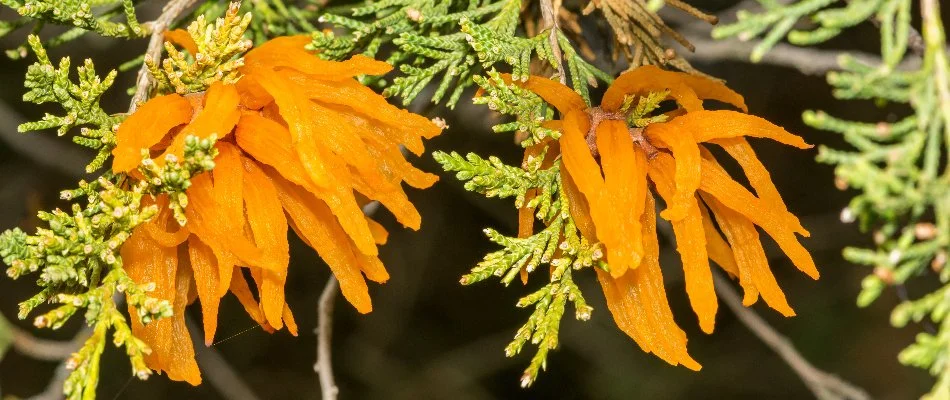
Cedar-apple rust is another fungal disease commonly seen in Pennsylvania. This pathogen requires two hosts—cedar (juniper) and apple trees—to complete its life cycle. On cedars, it appears as orange-brown galls with gelatinous tendrils called “spore horns.” These spore horns release spores into the wind, infecting nearby apples where they form yellowish-orange spots on leaves and fruits.
Severe infections lead to premature leaf drop, stunted growth, and poor fruit development. To prevent cedar-apple rust, remove infected branches from both host plants before winter sets in. Apply fungicides at appropriate times throughout the growing season to protect susceptible species like apples.
3. Anthracnose
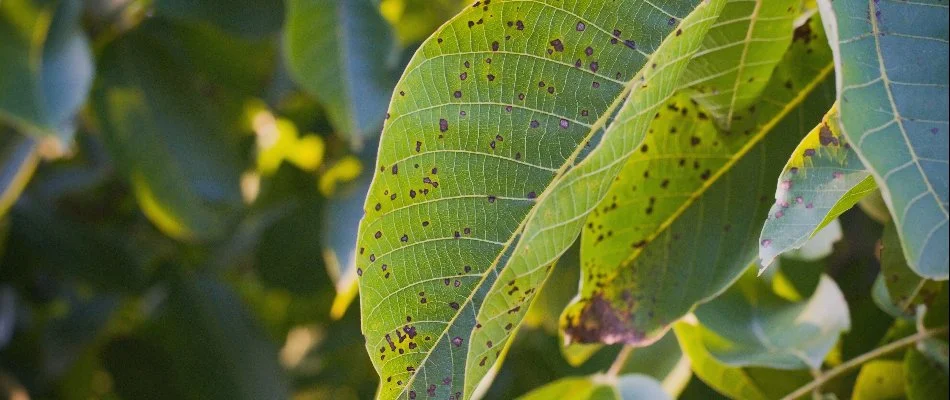
Anthracnose refers to several related fungi belonging to the genus Colletotrichum. They attack many different types of trees including maples, oaks, sycamores, dogwoods, and elms among others. Symptoms vary depending on the specific type of anthracnose present, but generally appear as darkened areas along veins or edges of leaves.
As the disease spreads, leaves develop irregularly shaped dead patches surrounded by lighter-colored tissue. In some cases, entire branches die back due to extensive damage. Proper sanitation practices such as raking up fallen debris and disposing of them properly reduce inoculum levels significantly. Pruning out severely infected parts helps limit further spread while maintaining overall plant vigor.
4. Powdery Mildew
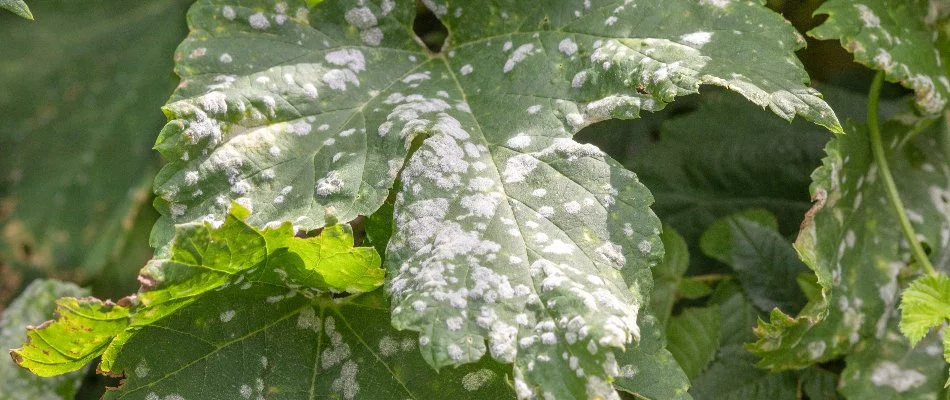
Powdery mildew is one of the most recognizable tree diseases affecting landscapes across Pennsylvania. Caused by Erysiphe spp., it manifests itself as white powder-like coatings covering leaves, stems, flowers, buds, and even young shoots. While not typically fatal, heavy infestations weaken plants over time, leading to decreased photosynthesis rates and increased susceptibility to other stressors.
To combat powdery mildew, focus on improving airflow around your trees through strategic thinning and trimming techniques. Water deeply rather than frequently to avoid creating humid conditions conducive to spore germination. Use resistant cultivars whenever possible to minimize risk altogether. If needed, apply horticultural oils or sulfur-based products according to label instructions to keep populations under control without harming beneficial insects or pollinators.
Give us a call today to schedule our tree and shrub disease control service!
If you want to keep your trees and shrubs free of harmful diseases, we are the team to turn to! At Countywide Landscape, we offer a tree and shrub disease control service to protect your plants from apple scab, cedar apple rust, anthracnose, powdery mildew, and more. This service is available to residential and commercial property owners, as well as HOAs, in West Chester, Downingtown, Exton, PA, and throughout the surrounding areas. Give us a call at (610) 285-9727 to sign up for this service today!

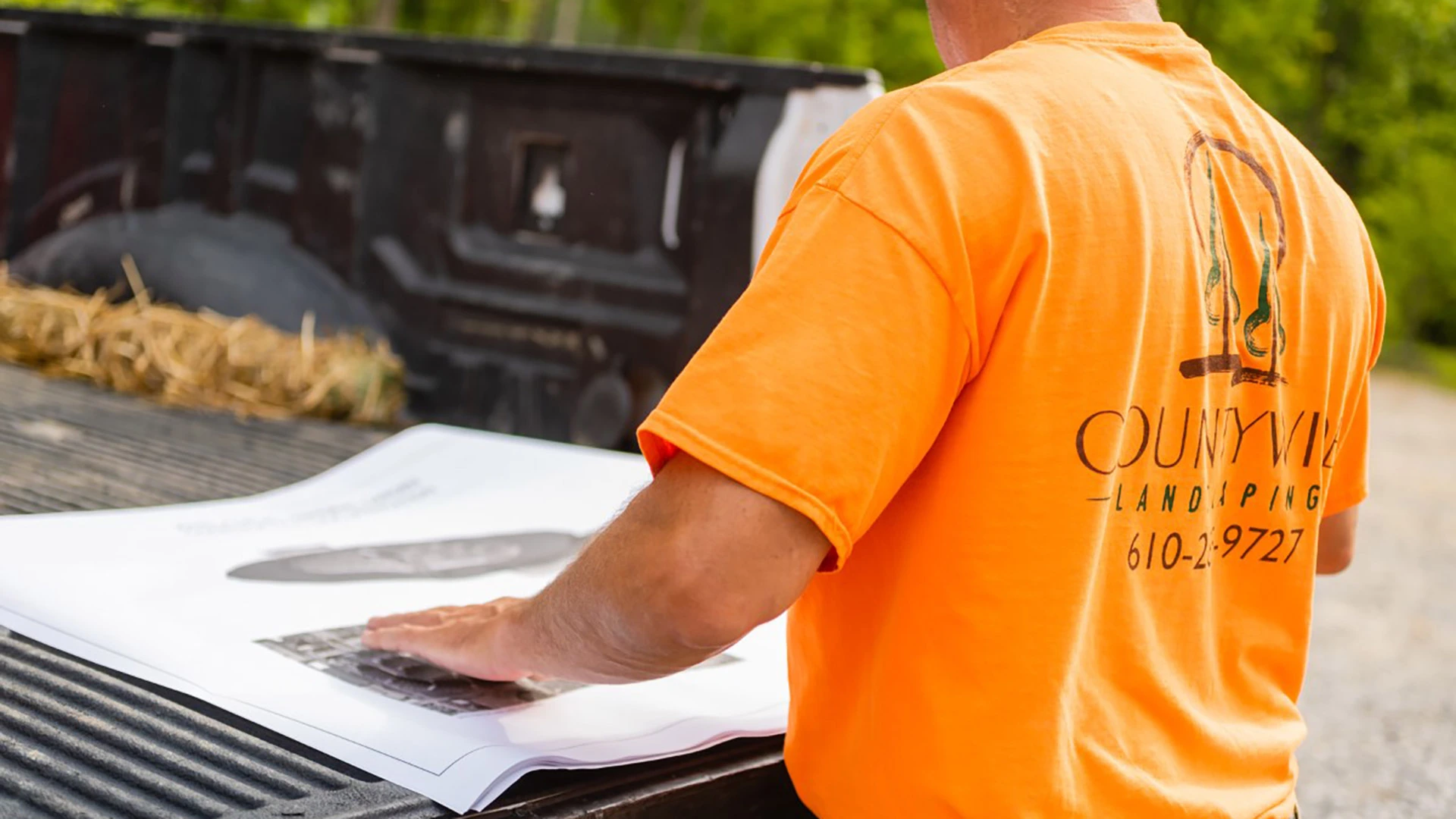
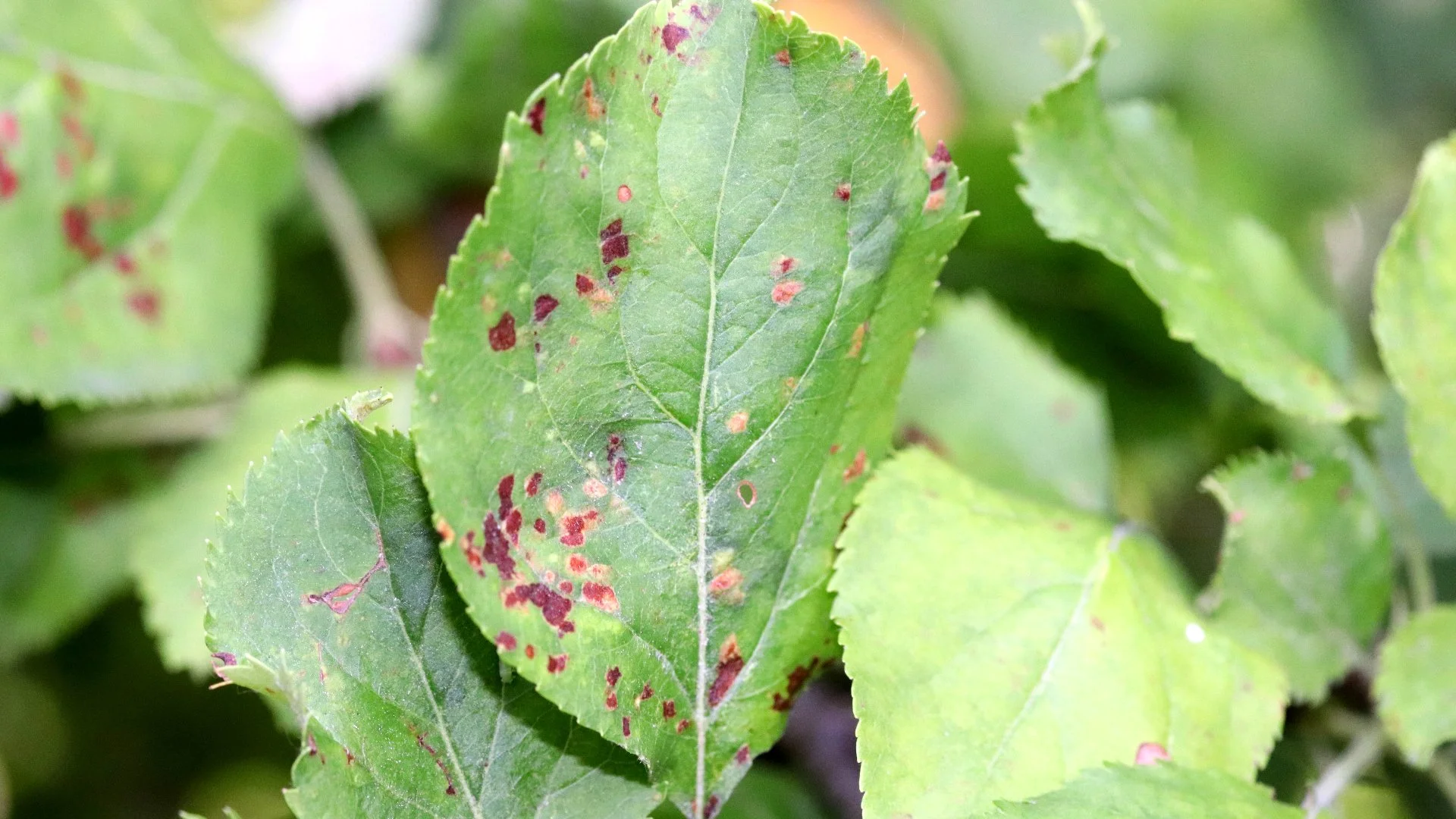

Comments (0)
Thanks for your comment!
Thanks for your feedback! Your comments have been successfully submitted! Please note, all comments require admin approval prior to display.
Error submitting comment!
There is a problem with your comment, please see below and try again.